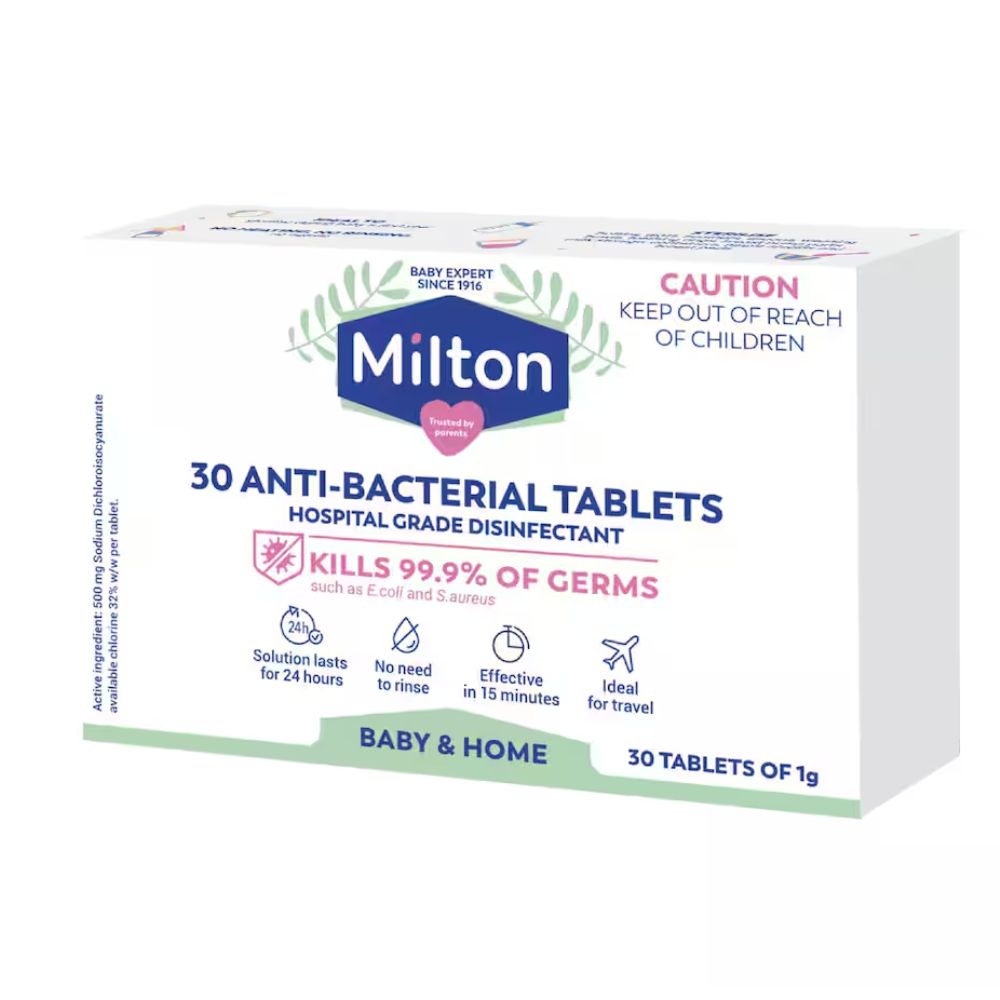Making the transition from a baby drinking bottle to a drinking cup (such as a sippy cup) will always be somewhat dependent on your baby’s individual development. Still, a general rule of thumb is to transition at some point between 6 to 12 months of age. Ideally, you’ll want your baby transitioned from bottles to sippy cups by at least 12 to 18 months of age.
Making this transition is important as it can help strengthen oral muscles and, by extension, motor skills; and it also helps reduce the likelihood of dental health issues. Prolonged use of a baby bottle could cause tooth decay or contribute to your baby’s teeth having alignment issues.
You should manage the transition progressively, first introducing a sippy cup at meals. Then, over time, you replace their daytime bottles with sippy cups, as well.
Once your young one has a good handle on sippy cups (usually between 12 and 18 months), you can then slowly transition them to complete open cups. By the time your child is 2 years old, they should typically be capable of drinking from an open cup and no longer need sippy cups.




































































































































